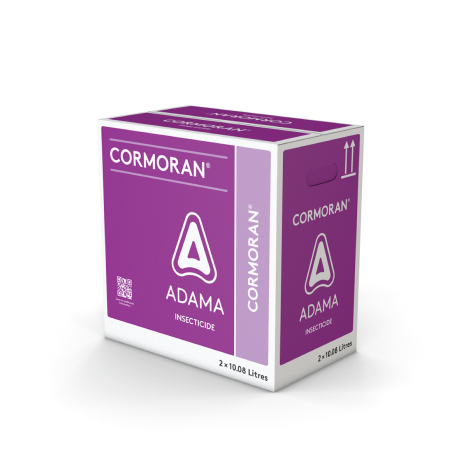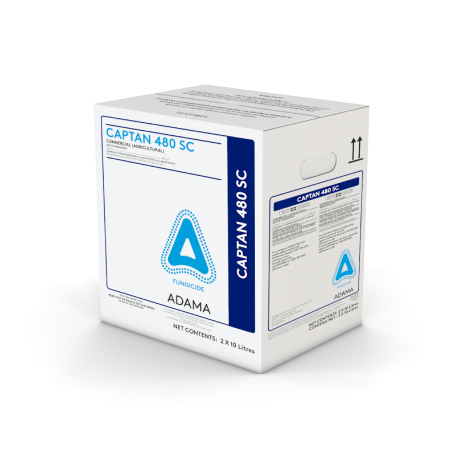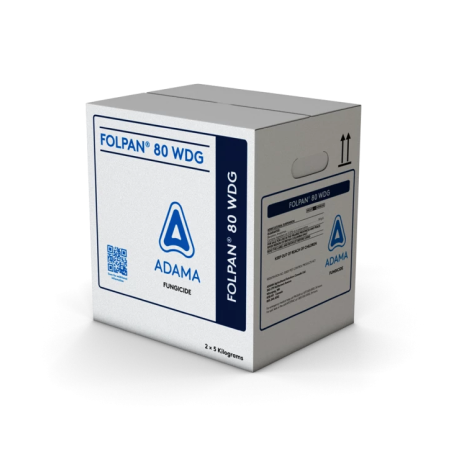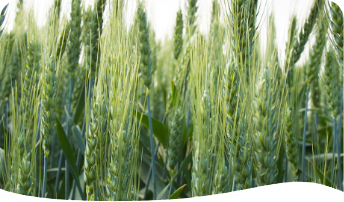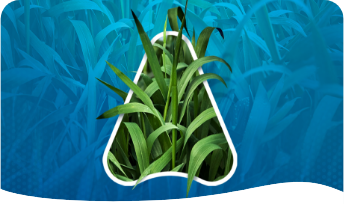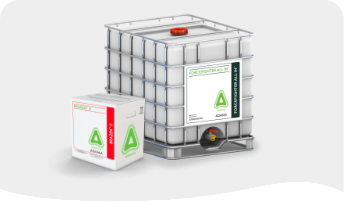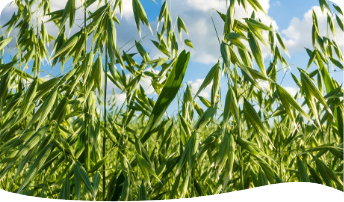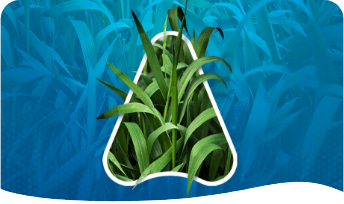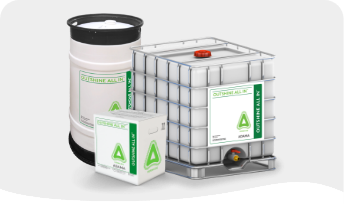WE ARE All InOn Apples
When it comes to apples, creating a beautiful fruit at harvest is key. By using the world’s largest library of actives to formulate new and timely solutions, ADAMA can provide Canadian apple growers with more choices and more timely options to protect against insects and diseases to maximize your saleable fruit.
With over 270 different active ingredients, ADAMA is pleased to offer Canadian apples growers with a wide range of innovative apple solutions.

Apple Solutions
Learning Center

Control codling moth and plum curculio with CORMORAN®
CORMORAN® insecticide is your go-to solution in apples for the control of, not only plum curculio and codling moth, but also apple maggot, dogwood borer, European apple sawfly, gypsy moth, Japanese beetle, mullein bug, leafhoppers, lesser appleworm, Oriental fruit moth, tarnished plant bug, and tentiform leafminers.

Figure 1
Codling moth pest profile
When to scout and spray:
Proper timing of insecticide sprays is critical if they are to be effective against codling moth; they should be applied before or just as eggs are hatching. Once the worm has gone into the fruit or nut, it is protected from pesticides.
Identification:
Codling moth adults are about 1/2 to 3/4 inch long with
mottled gray wings that they hold tentlike over their bodies (Figure 1).
Their appearance blends well with most tree bark, making them difficult to detect.
If you are trapping the adults, you can distinguish codling moth from other moths by the dark,
coppery brown band at the tip of their wings.
The larvae are white to light pink ‘‘worms‘‘ with a dark brown head .
They are one of the few caterpillars likely to be found inside pear or apple fruit.
Navel orangeworms also might be found in walnuts, but these can be distinguished from codling moth
larvae by the crescent-shaped markings on the second segment behind the orangeworm head and by the excess webbing
they leave in the nut.
Pest management:
Codling moth can be very difficult to manage, especially if the population has been allowed to
build up over a season or two. It is much easier to keep moth numbers low from the start than to suppress a
well-established population. In trees with low levels, codling moth often can be kept to tolerable levels
by using a combination of non-chemical management methods; however, it is important to begin implementing these
measures early in the season.
Source: University of California, Integrated Pest Management Program
Why include CORMORAN® in an insecticide rotation?
- Rapid knockdown action combined with extended residual control
- Dual modes of action for resistance management
- Control of all damaging stages of target insects including immatures and adults
- Two distinct modes of action providing excellent control
- Excellent rotational product
CORMORAN® controls 15+ different pests in apples including:
Codling moth and oriental fruit moth
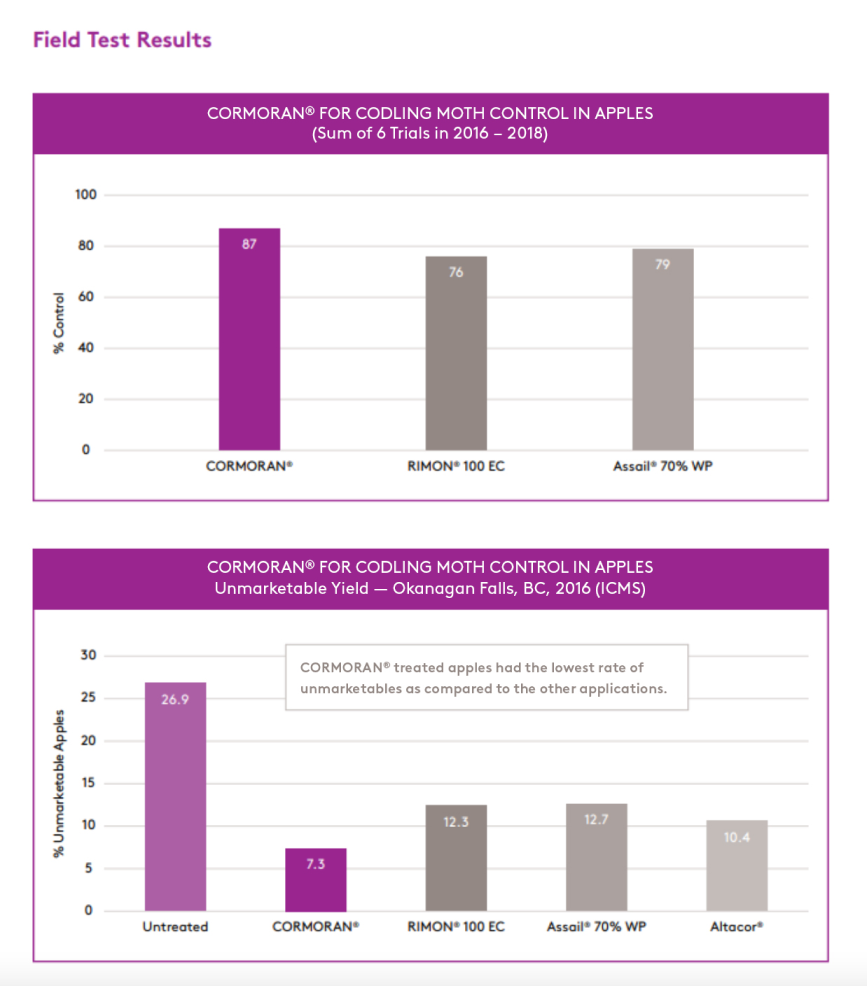

With access to over 270 active ingredients worldwide, one of ADAMA's key strengths and priorities are first-to-improve products.
INTRODUCING CAPTAN 480 SC

CAPTAN 480 SC is one of our new first-to-improve products for the 2024 season, where we have taken CAPTAN chemistry and created a new liquid formulation for improved ease of use. ADAMA has been providing Captan to the apple market in Canada for the past decade. We have developed a new liquid formulation for improved ease of use.
CAPTAN 480 SC is an aqueous suspension suitable for dilution in water as a spray for the control of certain fungal diseases of apples.
Apple scab causes more economic damage than any other pest. If there is no sufficient control measure of the disease, the economic losses can increase up to 70% of the production value. It can also affect 100% of the yield if no control measures are applied.
Apple Scab Disease Profile
When to scout:
Start monitoring for lesions about 10-14 days after bud break.
When to spray:
Apple scab, caused by the fungus Venturia inaequalis, is a serious fungal disease of apple in Ontario infecting foliage, blossoms and fruits. Severely infected trees become defoliated and infected fruit are not marketable. Apple scab also attacks flowering crab apples, mountain ash and firethorn.
Identification:
Spray when the first green tip appears in the spring. This is known as growth stage 1/2 green tip as the leaf buds have swollen and begun to open so that 1/2” of leaf tissue is visible.
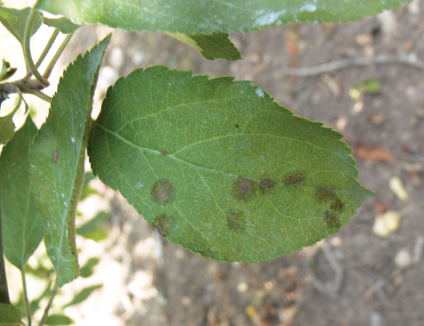
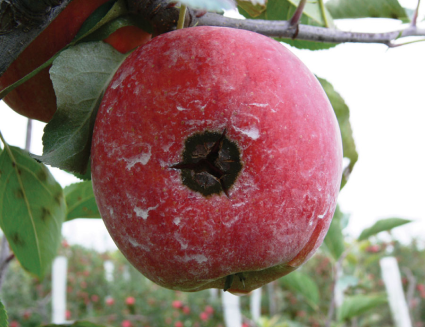
Figure 1: Young apple scab lesions appear velvety brown to olive green with indistinct margins
Source: OMAFRA
Figure 2: Older scab lesion on fruit becomes brown corky and scabby
Treat apple scab with FOLPAN® 80 WDG
FOLPAN® 80 WDG controls scap as well as a host of other foliar diseases.
It is a water-dispersible granular fungicide that delivers exceptional protection
against the most common and economically damaging diseases in apples.
FOLPAN® 80 WDG has broad disease spectrum with favourable re-entry and harvest flexibility.
Resources
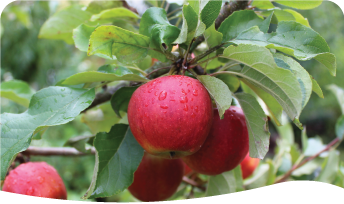
Apple One Pager
When it comes to improving the yield potential of your apples, ADAMA is pleased to provide you with an exceptional lineup of new innovations and proven performers. And now planning your program just got easier with the Apple Solutions One Pager.
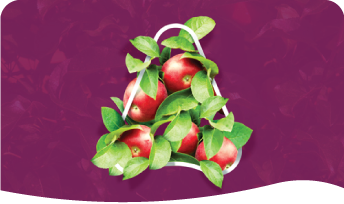
Apple Solutions
With new solutions apple solutions, ADAMA’s portfolio is always improving. View the full apple portfolio of herbicides, fungicides & insecticides for full season protection.
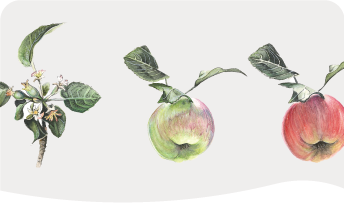
Apples Growth Stage Chart
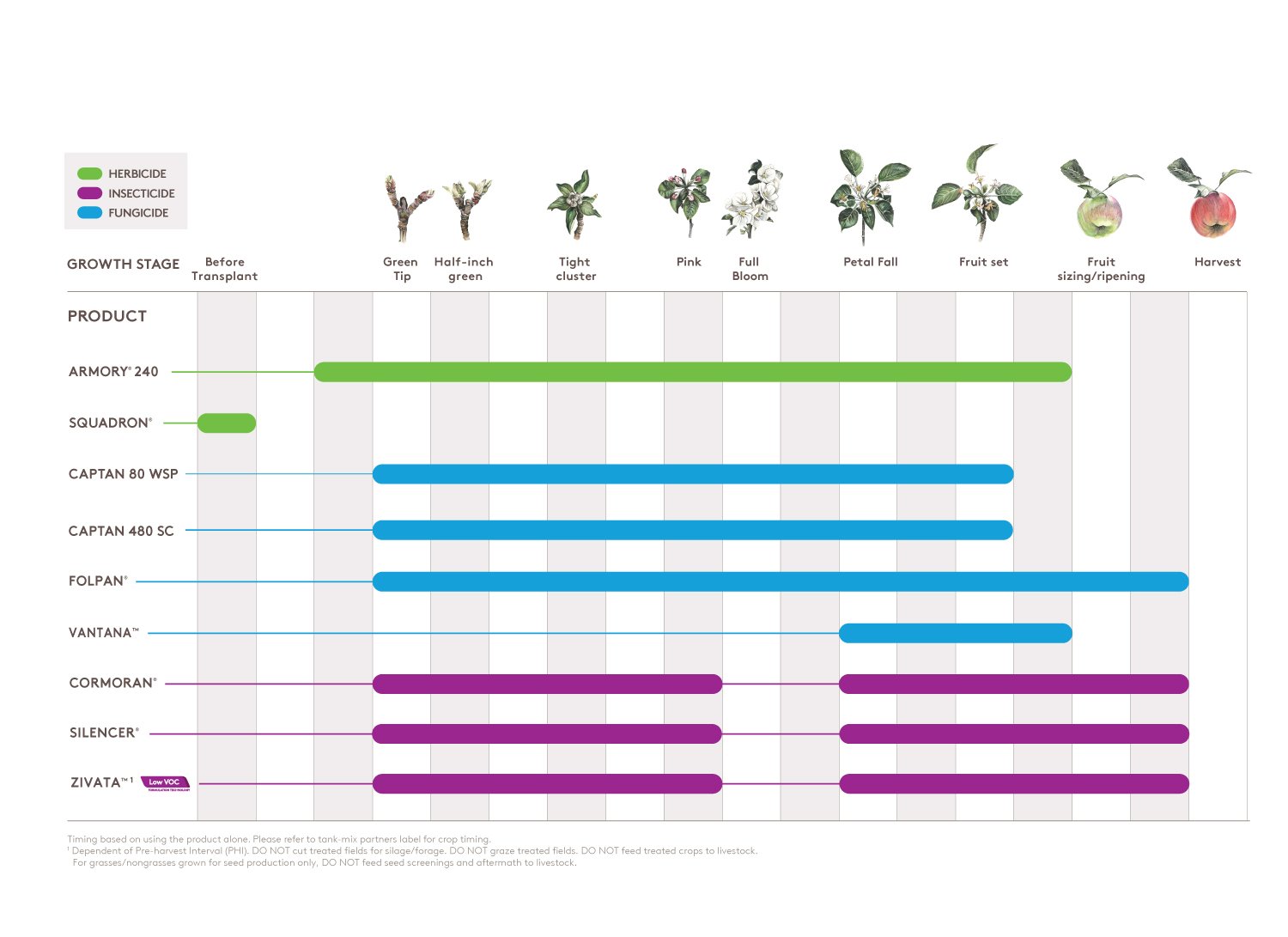

Sign up for the ADAMA Innovations Newsletter.
Receive information on our newest products, formulation improvements, online tools and other agronomic resources – for free!
We want to help
If you’ve got questions about our innovative lineup of apple products or want help improving your yield performance, your local ADAMA representative is only a call away.
Find your rep
